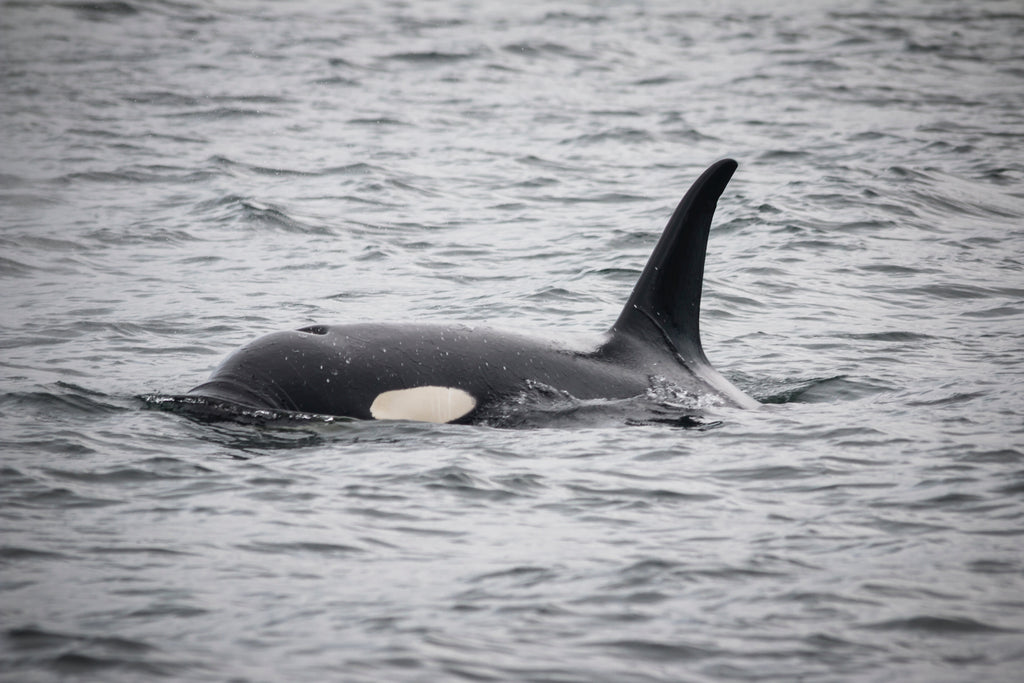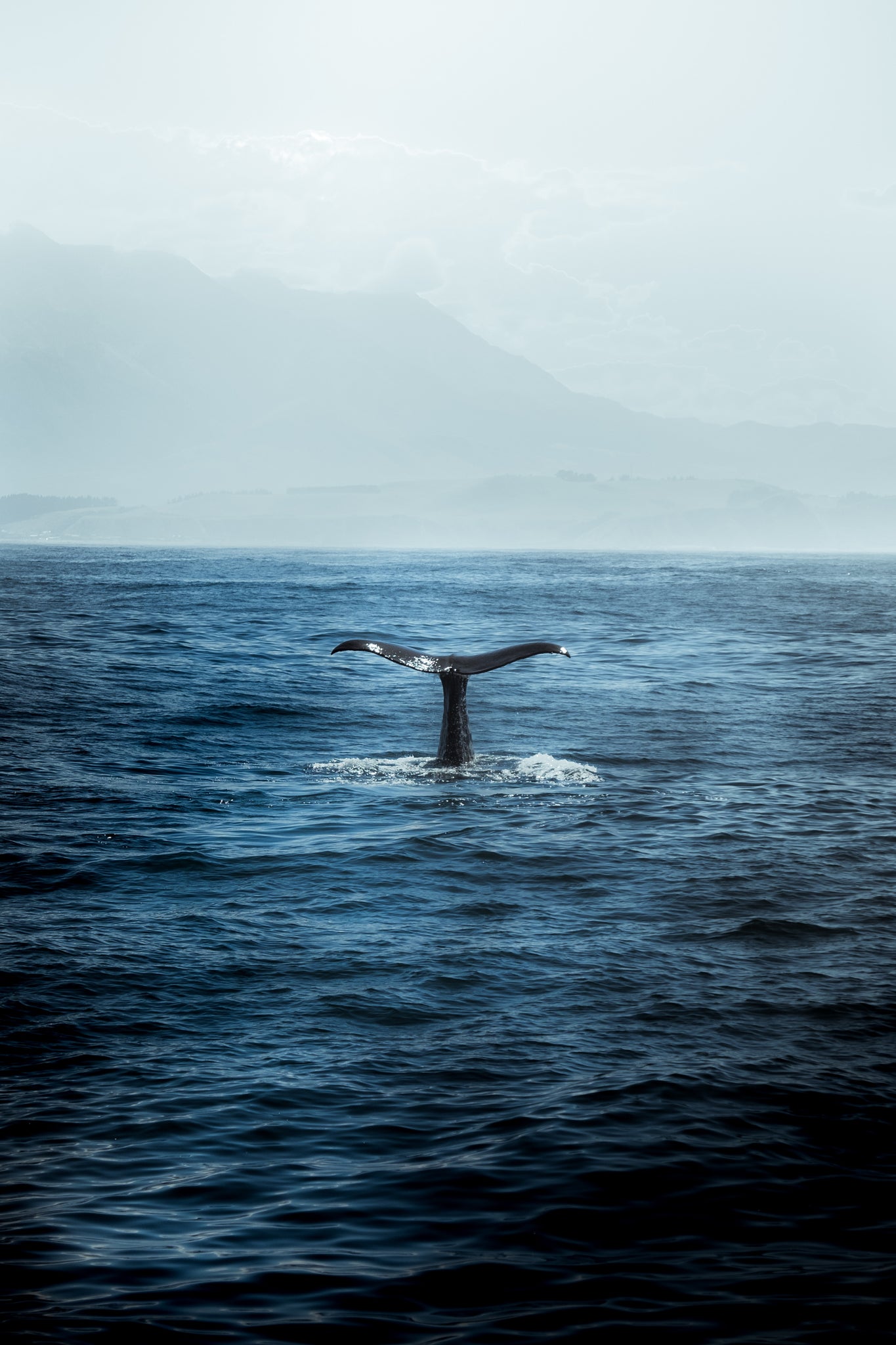
A lone surfer waits in the waves. Legs straddling her board, bobbing up and down with the timing of the tides. Hot sun beats down on her freckled shoulders. She is simultaneously at complete, unburdened peace, and in-tune with the cadence of the waves as she watches for her next peak. She is one, she is all, she is home.
There are a lot of things we do that are harming the oceans - we know, we say it a lot. We're not going to make a long, overwhelming list that we can't fathom tackling all at once though, we'd rather focus on one thing we're doing that has a pretty easy fix. We are looking specifically at coral. Coral bleaching is becoming one of the saddest and most obvious affects of ocean changes and pollution.
"Warmer water temperatures can result in coral bleaching. When water is too warm, corals will expel the algae (zooxanthellae) living in their tissues causing the coral to turn completely white. This is called coral bleaching. When a coral bleaches, it is not dead. Corals can survive a bleaching event, but they are under more stress and are subject to mortality." - NOAA
Top contributors are changes in the ocean's temperature, overexposure to sunlight, extreme low tides, and chemical pollution. Now, there is no easy fix for most of these factors, but we can at least be more responsible in our behaviour when we are entering the water. We might not think about it, but wearing toxic chemicals into the ocean in the form of sunscreens, lotions, and deodorants is damaging to our marine ecosystems.
"When you swim with sunscreen on, chemicals like oxybenzone can seep into the water, where they’re absorbed by corals. These substances can disrupt coral’s reproduction and growth cycles, ultimately leading to bleaching.
Even if you don’t go swimming after applying sunscreen, it can still go down drains when you shower. Aerosol can often spray large amounts of sunscreen onto sand, where it gets washed into our oceans. Each year, about 14,000 tons of sunscreen end up in our oceans." - National Geographic
We still need to protect ourselves from damaging rays, and keep our sweat down. The clear choice is to opt for products making an effort to eliminate the kinds of ingredients that are harmful to the ocean, and to our bodies. It really seems pretty obvious, right?
As part of our mission to protect the ocean, we are stocking up on sunscreen, deodorant, and lip balm from Salt & Stone, "...a natural unisex skin care brand based out of Los Angeles, California, with a strong focus on natural, organic, and antioxidant rich ingredients."

Salt & Stone was founded in 2017 by Nima Jalali. Having spent the better part of his twenties traveling the world as a professional snowboarder, Nima knew what kind of products people who love interacting with the outdoors needed, but he wanted to do it better than the status quo. He was inspired to create organic, natural products that work just as well as (or better than) the common chemical laden options. Nima feels it is our duty and responsibility as global citizens to look after our Earth, and create biodegradable products that will reduce our footprint. We agree!
Salt & Stone currently offers sunscreens, a deodorant, lip balms, and moisturizing oils to care for our skin that we can safely wear into the ocean and wash down our drains. Sunscreen has become a heated topic lately, as our reefs degrade further and further. Salt & Stone's options are formulated using Non-Nano Zinc Oxide. The "Non-Nano" part is important for a few reasons: 1) It means it will sit on top of your skin and reflect UVA + UVB rays, not enter your bloodstream like a chemical sunscreen, so it is safer for us. 2) In order for mineral sunscreens to leave corals untouched, the ingredient particles must be above 100 nanometers in size so that they cannot be ingested by corals. So non-nano is also safer for the marine environment.
Recently, Hawaii has become the first state to introduce a bill banning all sunscreens that contain oxybenzone and octinoxate, chemicals known to be harmful to coral. There have bee a few other places in the world to make similar moves, but as Hawaii is such a popular destination and has a huge surfing community, we are hoping that their bold stance will bring global attention to this issue. Mahalo!

We are excited to have Salt & Stone deodorant in stores for the first time (it smells so good!). It is already one of our most popular items ever! Nima describes this formula as "an extra strength formula for those who are very active." Salt & Stone has spent over 2 years developing the formula and truly believe they have created the most effective natural deodorant ever made. Being that Nima's favourite thing about the ocean is that it creates surf to ride, we figure he has tested the effectiveness of his products first hand many times.
As a serious athlete, we know that Nima needs to have functional products, and we rejoice in the fact that he has taken the natural route to develop them and create a company that believes in his mission.
"We care about using safe and clean ingredients that we ourselves use every day. We use organic ingredients whenever possible so we can support organic farming and avoid the use of all synthetic chemicals which are used in non-organic farming.
We research and develop formulas with ingredients grown ethically and sustainably without the use of pesticides, artificial fragrances, sulfates, silicones, petrochemicals, parabens, phthalates or GMO’s. All of our packaging is recyclable and made from post consumer recycled materials."
Salt & Stone thinks about every step of the product life cycle, and is always striving for a smaller carbon footprint as they work to expand their SPF and deodorant range in the years to come. We are stoked to have discovered them now, and we can't wait to see how they develop in the future.

With our population growing, and our climate changing, the demand for skin care products is only getting higher. We hope that with a combination of passionate, responsible entrepreneurs like Nima, and progress in our legislation, that we will see brands like Salt & Stone become the new normal.
So many humans on this planet value our oceans. And yet, there is too much disconnect between our every day actions, and the impact they have on our blue waters. For those of us who live near the sea, we see every day the beauty, utility, and awe-inspiring complexity that the oceans provide us and its ecosystems, but not everyone has those consistent reminders. We have to have the conversations that educate people so they can make the right choices, and support companies who are making conscious production decisions.
Find Salt & Stone products in-stores or online to be ready for a summer of responsible ocean adventure!
from SALT Shop - Journal https://saltshop.ca/blogs/news/salt-stone



